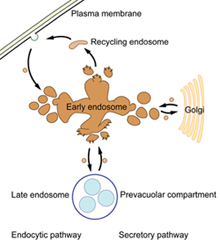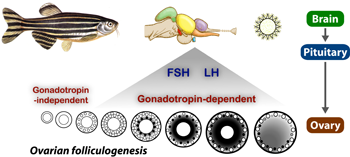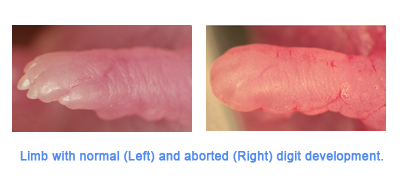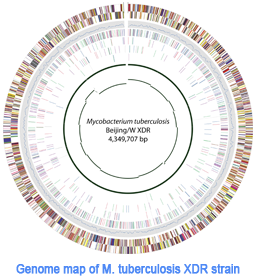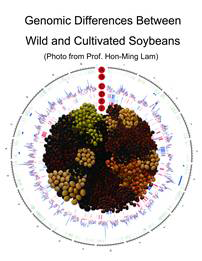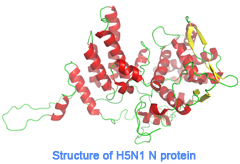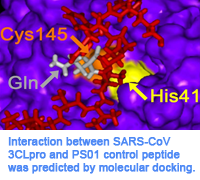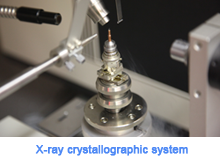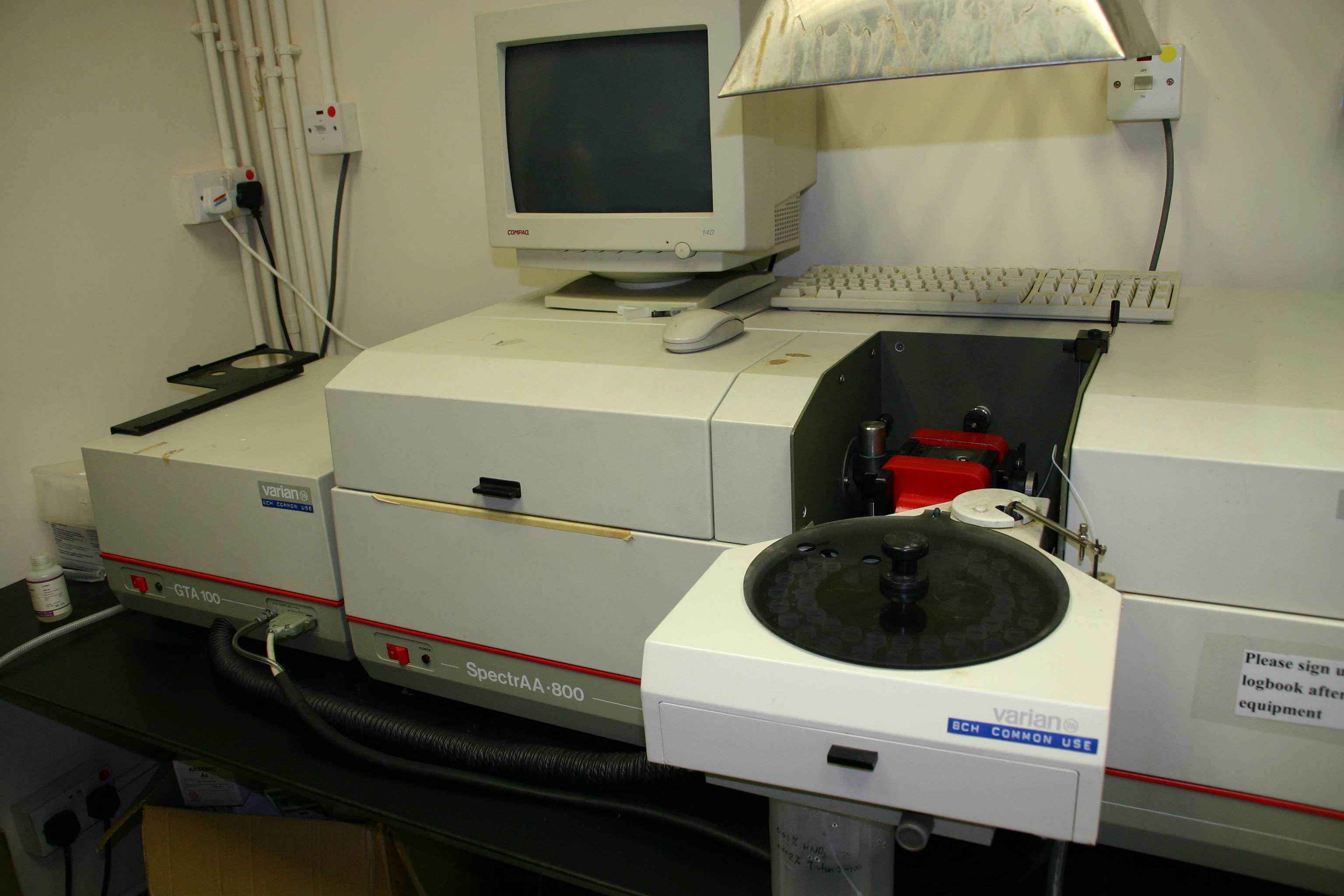|
Facing the worldwide population-based food and health problems especially in the densely populated China, our research in Plant & Agricultural Science aims to generate high-valued agricultural and health products, and to invent and transfer new technologies. Below are some examples of our research approaches: |
|
Crop improvement of rice has been done in two ways: improvement of nutritional quality through enhancement of lysine content, and improvement of productivity by increasing photosynthetic efficiency.
|
|
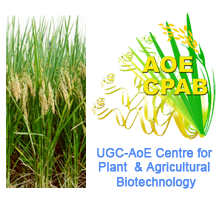 |
|
|
|
Engineered minichromosomes in maize are constructed as plant artificial chromosome for future genetic engineering to create crops with novel properties. |
|
Molecular mechanisms of protein trafficking in the plant secretory and endocytic pathways will provide hints for using plants as bioreactors for producing pharmaceuticals. |
|
|





